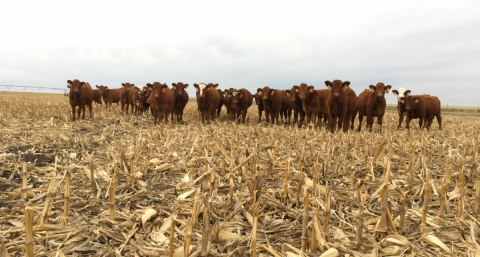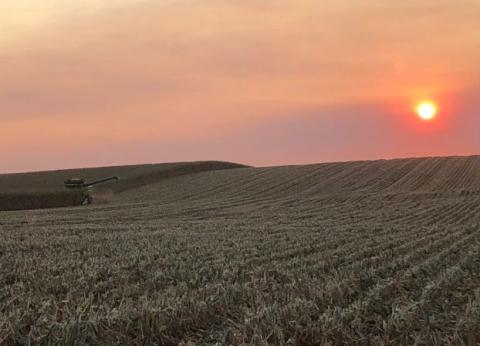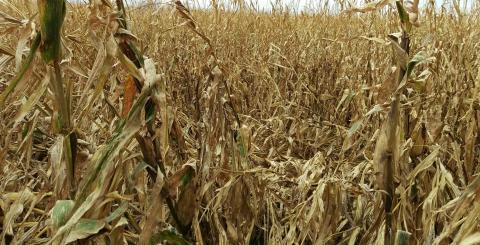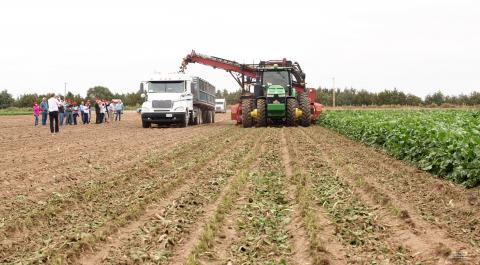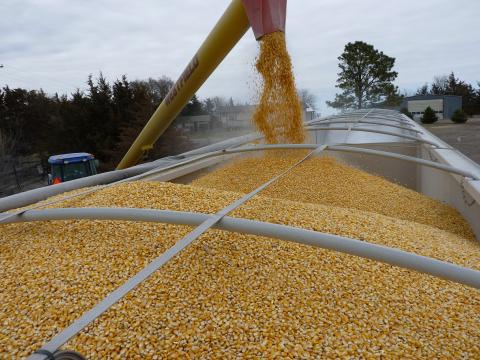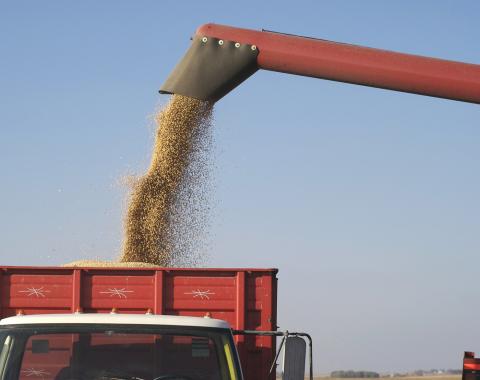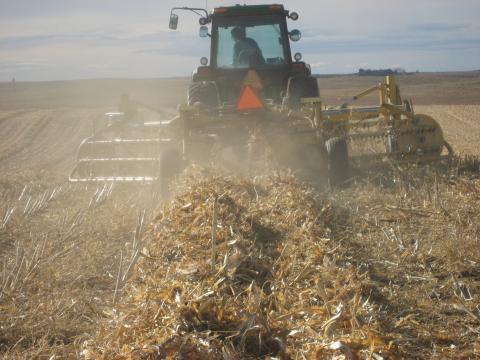The Crop Residue Exchange Links Growers and Grazers
October 10, 2018
The Crop Residue Exchange is an interactive online tool to help crop and cattle producers connect and develop mutually beneficial agreements to use crop residue for grazing. A new feature allows producers to also list forage cover crops for grazing.
Harvest Progress: 27% of Soybeans, 17% of Corn
October 1, 2018
As weather allowed, crop harvest continued and was slightly ahead of the five-year average, according to USDA's National Agricultural Statistics Service Sept. 30 report.
Assess Corn Now to Avoid Harvest Complications
September 28, 2018
With an unusually warm August and rainy September, corn growers are urged to monitor their fields and prioritize harvest to avoid some of the challenges and losses faced in 2017.
Importance of Yield Monitor Calibrations for Accurate Yield Data Collection
September 28, 2018
To ensure you're getting the most accurate results from your yield monitor, consider these tips for calibrating the mass flow sensor.
Foreign Ag Representatives View Nebraska Farms First-Hand
September 27, 2018
A group of 27 foreign agriculture attachés from 23 countries recently visited several ag production sites in Nebraska, including a farm near Morrill where sugarbeet harvest was underway.
Preparing for Harvest, Grain Storage
August 24, 2018
Proper cleanup of your grain bins and the surrounding site before harvest, coupled with good stored grain management, will put more income in your pocket and keep your equipment and facilities in better condition.
Why Grain Test Weights Matter
November 10, 2017
What factors influence grain test weights and why aren't test weights necessarily an indicator of grain quality? More on these issues and what to consider when trucking high test-weight grain down the highway. When grain prices are lower and test weights are higher, it makes sense to check truck load weights prior to highway travel.
Grower Experiences with Picking Up Downed Corn
November 6, 2017
This photo series of grower solutions illustrates several non-livestock options for picking up corn on the ground, including the use of a rake and combine with a pick-up attachment.
